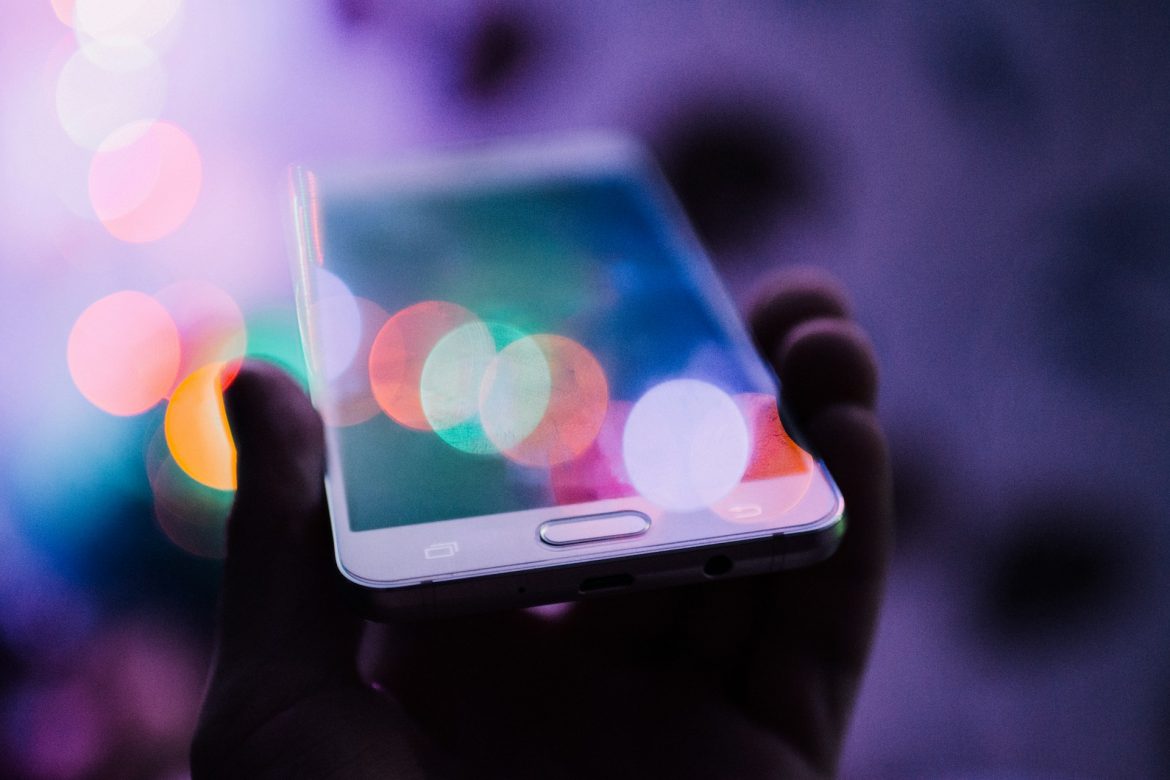In our fast-paced, digital world, we are constantly connected to our devices. From the moment we wake up to the moment we go to bed, our days are filled with screens. This constant connectivity can have a significant impact on our mental and physical health. That’s where the concept of digital detoxing comes in. Let’s dive into what digital detoxing is and how it can benefit our well-being.
What is Digital Detoxing?
Digital detoxing is the process of taking a break from electronic devices such as smartphones, computers, tablets, and social media platforms. The idea is to disconnect from the digital world and reconnect with the real world around us. This break can last for a few hours, a day, or even longer, depending on what works best for you.
Benefits for Mental Health
One of the most significant benefits of digital detoxing is the positive impact it can have on our mental health. Constant exposure to screens and social media can lead to increased levels of stress, anxiety, and depression. By taking a break from our devices, we give our minds a chance to rest and recharge. This can lead to improved mood, reduced stress, and a greater sense of overall well-being.
Physical Health Improvements
Digital detoxing can also have a positive effect on our physical health. Spending long hours in front of screens can lead to poor posture, eye strain, and disrupted sleep patterns. By reducing our screen time, we can alleviate these physical ailments and improve our overall health. Engaging in physical activities during our detox period, such as walking or yoga, can further enhance these benefits.
How to Start a Digital Detox
Starting a digital detox might seem daunting, but it doesn’t have to be. Here are a few simple steps to get you started:
- Set Clear Goals: Decide how long you want your detox to last and what devices or platforms you want to take a break from.
- Inform Others: Let your friends and family know about your detox plan so they can support you.
- Find Alternatives: Plan activities that don’t involve screens, such as reading a book, going for a walk, or spending time with loved ones.
- Create a Comfortable Environment: Make your space conducive to a digital detox by removing unnecessary electronic devices.
Tools to Help
There are several tools and apps designed to help you with your digital detox. For example, Freedom is an app that blocks distracting websites and apps on all your devices, helping you to focus on your detox. Another useful tool is Flipd, which encourages you to spend more time offline and enjoy life away from your screen.
Conclusion
In conclusion, digital detoxing is a valuable practice for anyone looking to improve their mental and physical well-being. By taking regular breaks from our devices, we can reduce stress, improve our mood, and enhance our overall health. Remember, the goal of a digital detox is not to eliminate technology from our lives but to create a healthier balance between our digital and real-world experiences.

